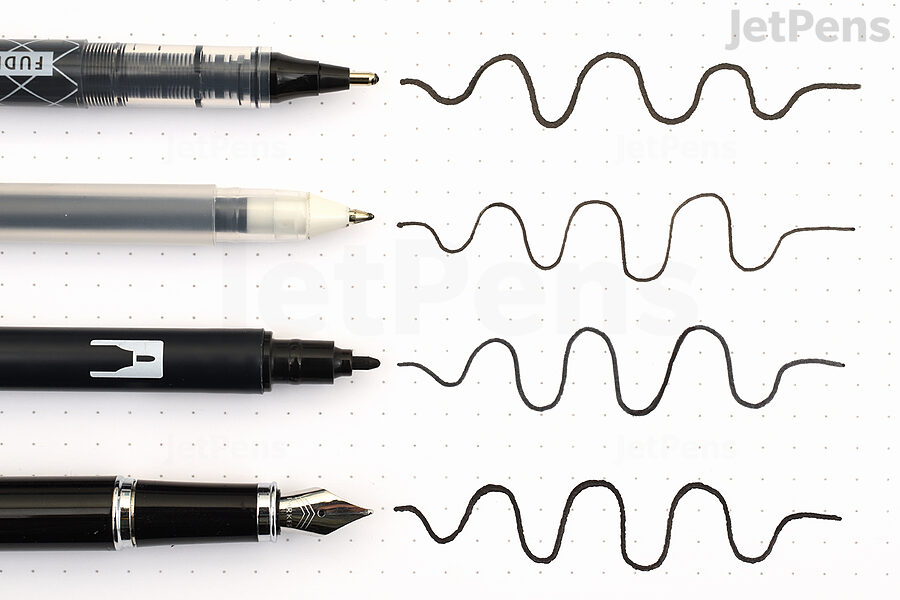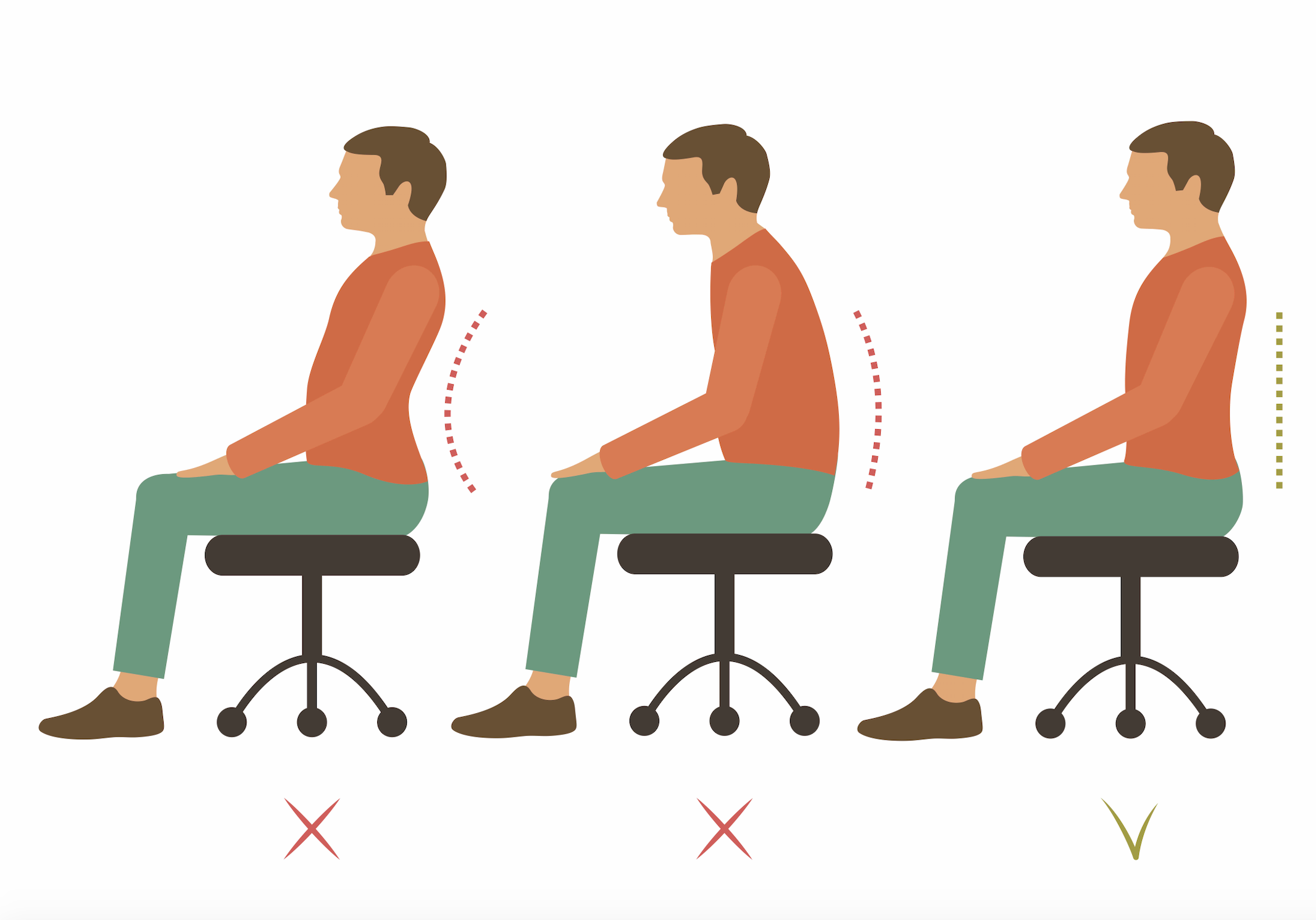Since I am a foreign student studying in the US, I have simply noticed that not many individuals are accustomed to writing with their hands. That does make sense because they might have utilized computers to type their assignments and submit them. Although solving a math or physics problem could be considered writing, it is not what I am referring to. I’m referring to writing as the practice of putting one’s innermost feelings onto paper, his personality.
When I use the term “personality” in reference to handwriting, I’m talking about an art form that showcases the thoughts and emotions of the writer. Handwriting is a medium through which a person’s inner workings are expressed and communicated to the reader. It’s a means of conveying one’s unique perspective, style, and voice. While some might use their handwriting as an excuse for poor penmanship, it’s important to remember that with practice, anyone can improve their writing and develop a style that accurately reflects their personality. It’s similar to building muscle at the gym – progress is made gradually, and the end result is a reflection of consistent effort over time.
During my time in the Indian CBSE curriculum, I had the pleasure of experiencing the obsolete teaching style that still persists today. It was quite remarkable to witness how emphasis was placed on penmanship over actual content. It was a fascinating sight to behold, watching students laboriously scribble down notes in order to satisfy the teacher’s aesthetic sensibilities. One could not help but feel a sense of admiration for the institution’s unwavering dedication to calligraphy. In fact, it was considered an honor to have one’s writing scrutinized by the vigilant examiners, who would not hesitate to deduct points for the slightest deviation from the established standards. Indeed, the Indian CBSE curriculum has a lot to offer to those who seek to master the art of handwriting. One can only imagine how lost we would be without this invaluable skill in the modern age of computers and electronic devices.
The following suggestions may seem silly, but as someone who has excellent writing skills, begin by keeping the following in mind:
- Choose the right pen

Before you start writing, it’s important to consider the type of pen you’ll be using. Some people prefer ballpoint pens (you know, the free ones you can grab at a career fair), while others enjoy the smoothness of a High Tech Point gel pen.
Why does it matter? Well, how much pressure you apply to the pen can have a big impact on the quality of your writing. When I first started writing, I used to press down so hard that my words would leave an imprint on multiple pages. Not exactly ideal!
So, take a moment to choose the right pen for you before diving into your writing. Your hand (and your paper) will thank you later!
- Maintain proper posture

When it comes to writing, posture matters. It’s important to sit with your back straight and your feet flat on the floor. Avoid crossing your legs, as this can create tension in your body. Relax your hand and arm, and shake your hand until it feels loose and relaxed.
When you start writing, make sure to sit up straight with your forearm resting on the table. This will allow your arm to move your fingers, rather than relying on your wrist, which can cause strain and discomfort. While it may feel comfortable to curve your arm around the page, maintaining proper posture can actually improve the quality of your handwriting.
So, take a moment to adjust your posture before you start writing. You may find that it makes a big difference in your comfort and the quality of your work.
- Analyze your handwriting

Have you ever taken a close look at your handwriting? If not, now is the time to examine it. Grab a sheet of lined paper and write out the alphabet, aiming to join every letter. Pay attention to which letters you have the most trouble with. Do your Os look like Qs, or vice versa? Are some letters not properly formed?
Take note of the letters that you’re not happy with and circle them. This will help you focus on improving those specific letters. Additionally, consider the overall style of your handwriting. Does it slope backwards or forwards, or is it upright? A traditional handwriting style slopes slightly forwards, as it guides the reader’s eye in the direction they are reading.
- Perseverance

Perseverance is key when it comes to improving one’s writing skills. Writing, like any other skill, takes time and practice to develop. It can be frustrating to produce work that doesn’t meet one’s own expectations, but giving up isn’t the answer. Instead, writers should approach their work with patience and a willingness to learn.
One way to persevere in writing is to set goals and stick to them. Whether it’s writing for a certain amount of time each day, or producing a certain number of pages each week, having a clear target can help keep writers motivated. It’s also important to recognize that not every piece of writing will be a masterpiece. Even experienced writers produce work that falls short of their expectations from time to time. But by pushing through these moments of self-doubt and continuing to write, writers can improve their skills and produce work that they’re truly proud of.
So, whether you’re just starting out as a writer, or you’ve been writing for years, remember that perseverance is key. Don’t be discouraged by setbacks or criticism. Keep writing, keep learning, and keep improving. With time and dedication, anyone can become a great writer.
Well, there you have it – a few tips on the fine art of writing. Of course, one can’t cover every little detail, but these pointers should be sufficient for those who are serious about improving their writing skills.